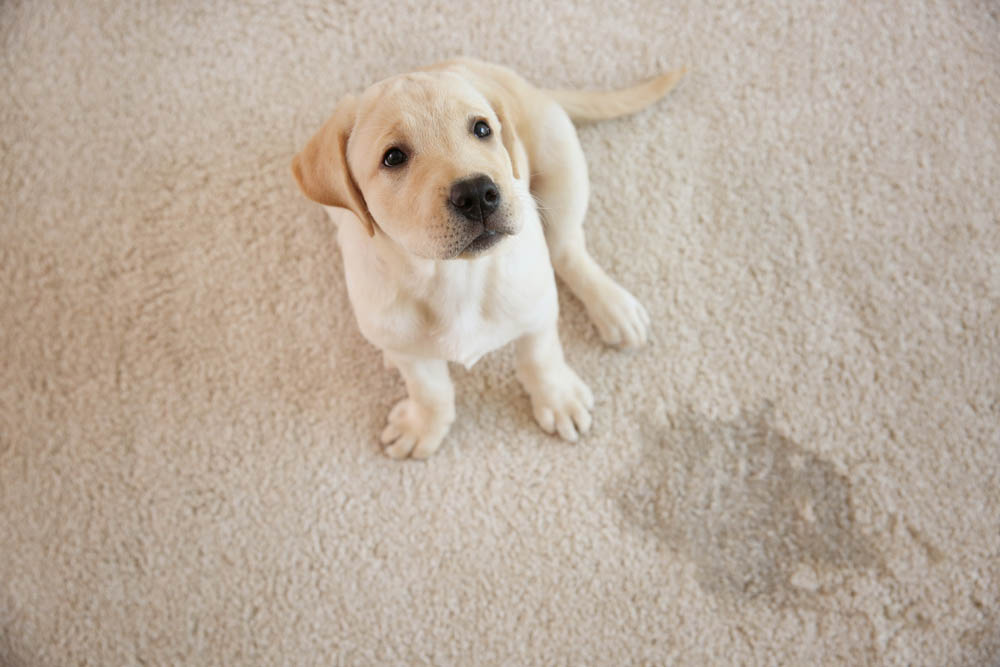
Carpets can significantly contribute to the overall aesthetic appeal of our homes and offices. However, they also harbor various allergens, potentially triggering a series of allergic reactions in sensitive individuals. This article aims to provide a comprehensive guide on the role of carpets in allergy management.
Understanding Allergies
Allergies occur when the immune system reacts unusually to certain substances, commonly known as allergens. Allergic reactions can range from mild symptoms such as sneezing and itchiness to severe reactions such as difficulty breathing and anaphylaxis.
Common allergens include:
- Pollen
- Dust mites
- Pet dander
- Mold spores
Carpets and Allergens: An Unseen Connection
Carpets, with their intricate fibers and deep pile, can trap many of these allergens. This trapping mechanism can create an accumulation of dust mites, pet dander, pollen, and mold spores, consequently affecting indoor air quality.
Synthetic carpets emit volatile organic compounds (VOCs), further compromising indoor air quality. In contrast, organic or natural fiber carpets, like wool, are known to emit fewer VOCs.
How Carpets Affect Indoor Air Quality
Carpets can influence indoor air quality significantly, especially when poorly maintained. Dust mites thrive in warm, humid environments and feed on dead skin cells that often settle in carpets. Similarly, pet dander, tiny flakes of skin shed by animals, can accumulate in carpet fibers.
When these allergens are disturbed, they become airborne and are inhaled, potentially causing allergic reactions.
Carpet Cleaning: An Essential Step in Allergy Management
Regular and efficient carpet cleaning is critical in managing allergens. Several methods can help reduce allergen concentration:
Vacuuming:
Using a HEPA (High-Efficiency Particulate Air) vacuum cleaner can effectively remove allergens.
Steam Cleaning:
This method uses hot water to deeply cleanse carpet fibers, effectively killing dust mites.
Dry Carpet Cleaning: An effective method that uses specialized machines and environmentally friendly products.
However, DIY methods might not be as effective as professional carpet cleaning services, which are equipped with advanced tools and techniques for thorough cleaning.
Choosing the Right Carpet for Allergy Sufferers
Opting for hypoallergenic carpets can significantly reduce the severity of allergic reactions. These carpets are designed to prevent allergen accumulation. However, the effectiveness can vary based on the specific materials used.
Alternatively, allergy sufferers can explore flooring options such as hardwood, tile, or vinyl, which do not harbor allergens as much as carpets do.
The Role of Research and Studies
Numerous studies have researched the impact of carpets on allergies. Recent research suggests that proper carpet maintenance can reduce allergen levels, making it safe even for allergy sufferers. However, it’s always recommended to consult with a healthcare professional for individual allergy management strategies.
Allergy Management in Commercial Spaces
In office or commercial settings, carpet selection, and regular cleaning are crucial for maintaining a healthy environment. Allergen-reducing services often use advanced tools and techniques for allergen removal in such large-scale spaces.
Additional Tips for Home Allergy Management
Besides regular carpet cleaning, other measures can help maintain a hypoallergenic home:
- Use of air purifiers to filter out airborne allergens
- Frequent replacement of HVAC filters
- Maintaining optimum humidity levels to prevent the growth of mold and mildew
- Regular cleaning and dusting of all surfaces
Conclusion:
Carpets can indeed play a significant role in allergy management. However, with the right selection, regular cleaning, and a few additional measures, it is possible to maintain a relatively allergen-free environment. It’s essential to consult with healthcare professionals and allergen management experts to devise the best strategy suitable for individual needs.
Our Services

Get In Touch
Professional cleaning of carpet and tile




